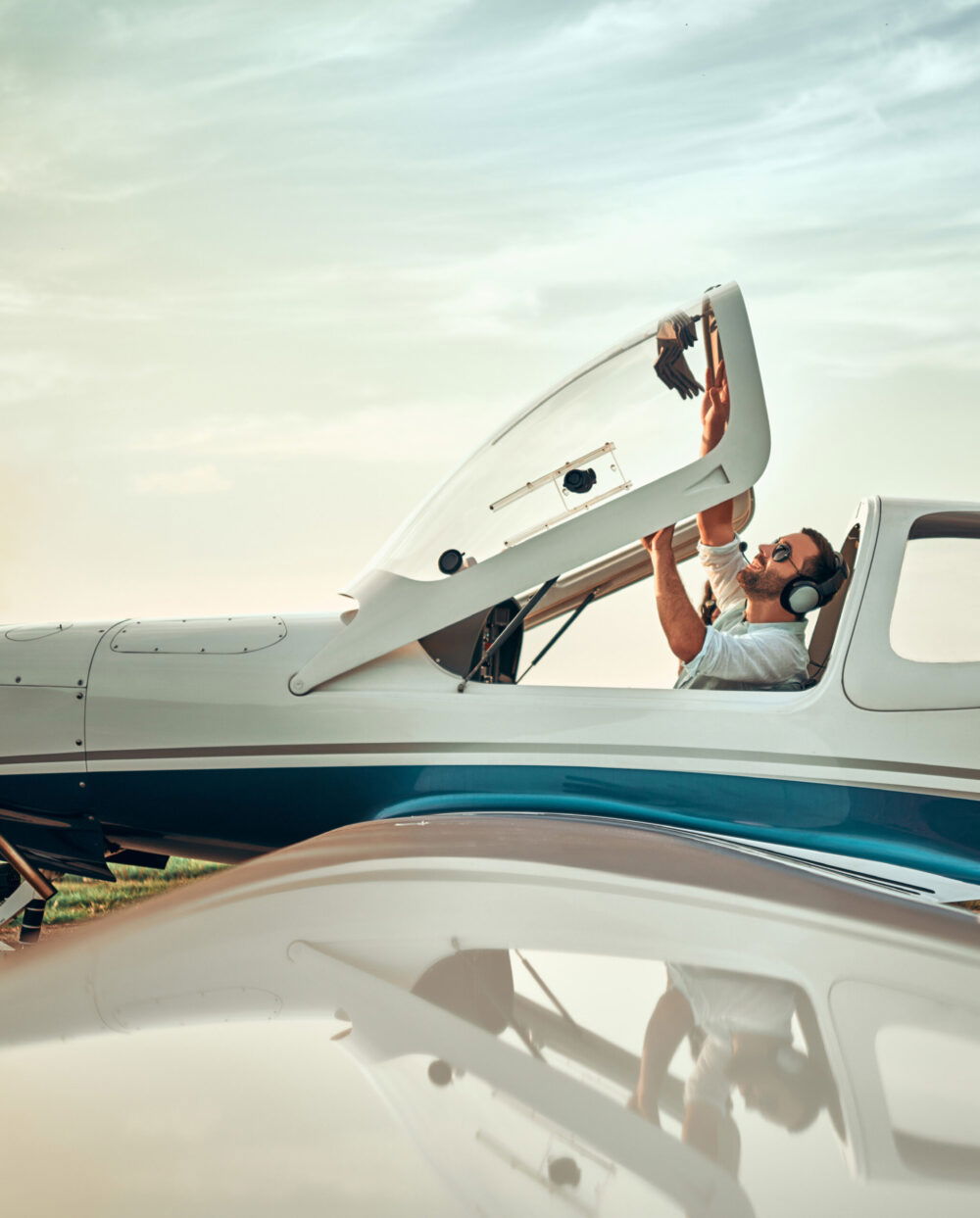Skydio, which has spent the past four years building the U.S.’s largest consumer drone business, just shut down its consumer drone business.
In a blog post from co-founder and CEO Adam Bry, the company announced it would no longer offer its Skydio 2 Plus model to consumers. Instead, Skydio will now focus entirely on enterprise and public sector customers, who purchase drones through subscriptions rather than buying them off the shelf.
The announcement came just months after Skydio raised $230 million in a Series E round that skyrocketed its valuation to $2.2 billion.
“The impact we’re having with our enterprise and public sector customers has become so compelling that it demands nothing less than our full focus and attention,” Bry wrote. “As a result, I have made the very difficult decision to sunset our consumer business in order to put everything we’ve got into serving our enterprise and public sector customers.”
While Skydio will no longer offer 2 Plus Starter, Sports, Cinema, or Pro Kits, it will still offer the Enterprise Kit to businesses and organizations. It will continue to provide customer support, vehicle repairs, bug fixes, and Skydio Care insurance to existing customers. The firm also plans to keep a stockpile of replacement batteries, propellers, charging cables, and other equipment for as long as possible.
On a frequently asked questions page, the company said it is unable to share updates about its future product roadmap.
“While Skydio 2 has been an incredible success in enabling new kinds of content capture, Skydio drones are also having a transformative impact for over 1,500 enterprise and public sector customers, putting sensors in dangerous and important places to perform inspections, find missing children, and protect our troops around the world,” Bry wrote.
While the decision to shutter the commercial side of the business was unexpected, it wasn’t completely out of left field. Some in the industry even predicted it.
Skydio got its start in the consumer industry in 2018 when it came out with the R1, releasing the first Skydio 2 model a year later. The 2 Plus series followed in 2022. But in 2020, the firm came out with the X2, its first drone designed specifically for military and corporate use.
That year, Bry told The Verge that Skydio would not abandon the consumer segment—to the contrary, it was just getting started. But he also hinted that the enterprise segment might be better for business since it locks customers into a subscription.
Skydio’s consumer business competed primarily with DJI, the largest drone manufacturer in the world. The Chinese company boasts an estimated 50 to 70 percent market share of the world’s consumer drone market. It also owns a massive piece of the pie among U.S. law enforcement and public safety agencies, which deploy its drones for inspection, search and rescue, and other applications.
However, DJI’s core market is the drone hobbyist or recreational flier. Models such as the Mavic 3 are capable of taking high-resolution photo and video in a variety of modes and environments.
Both Skydio and DJI have honed in on that market by producing cheap drones packed with functionality. The key difference is that DJI’s Mavic 3 is considered to have slightly superior capabilities to Skydio’s 2 Plus.
With states and federal agencies slapping bans on DJI products left and right, it would seem Skydio had a window of opportunity to soak up more of the U.S. market. Perhaps the company viewed DJI’s dominance as insurmountable, or perceived its own consumer business as stagnating. According to one source, it was losing money on every consumer sale.
Whatever the case, Skydio will now serve exclusively enterprise customers (of which there are many—over 1,500, according to Bry) with 2 Plus Enterprise and X2. Users include infrastructure, defense, and public safety companies, among others, deploying the aircraft for tasks like autonomous inspections for state transportation departments or documenting war crimes in Ukraine.
The company is expected to unveil its next-generation X3 model next month at Ascend, its first-ever user conference. The new drone is said to have improved obstacle avoidance, swappable payloads, and a longer flight time.
With Skydio out of the picture in the consumer market, the door is open for DJI and other Chinese manufacturers to tighten their stranglehold. U.S. lawmakers won’t be happy about that. As such, some kind of action from the government is possible, either in the form of more bans, subsidies for U.S. companies, or both.
This is a developing story that FLYING continues to follow.
Like this story? We think you’ll also like the Future of FLYING newsletter sent every Thursday afternoon. Sign up now.




